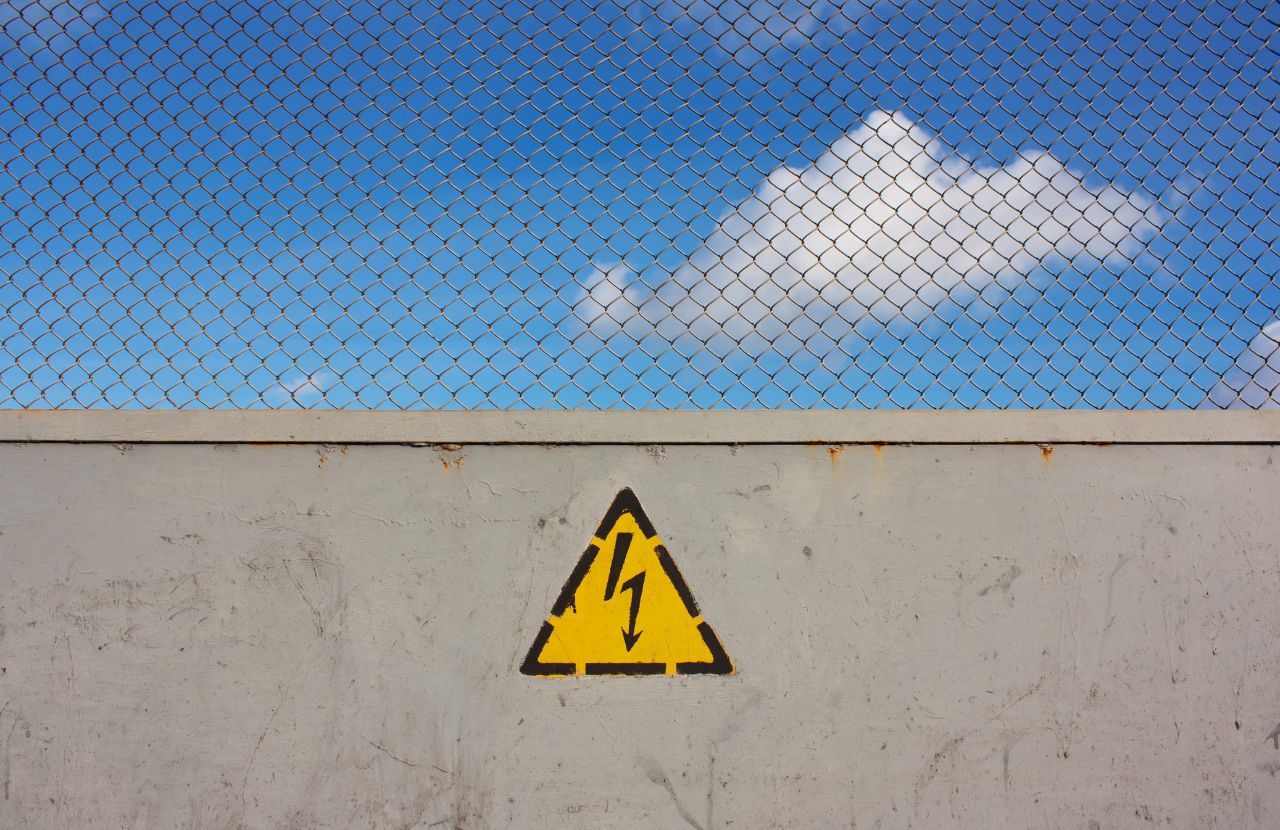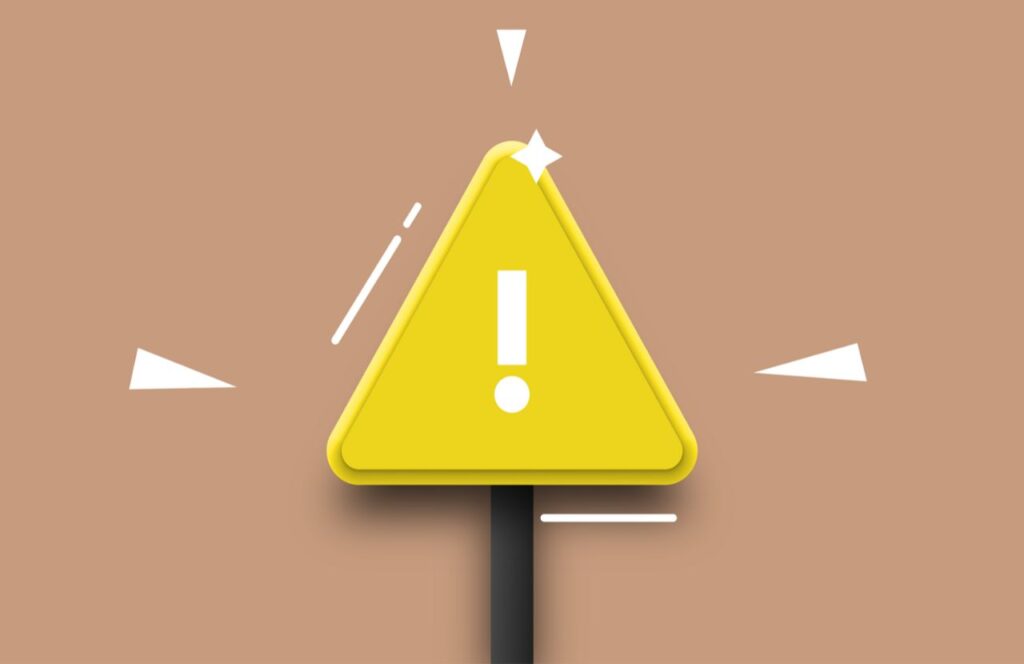
A health and safety hazard in the workplace is any source or condition with the potential to cause harm, injury or illness to employees and visitors. Recognising and assessing hazards should be an employer’s priority to protect the wellbeing of employees and create a safe environment for everyone.
Health and safety hazards come in various forms and present themselves at any given time. Therefore, employers must consciously work to identify potential hazards, undertake regular and thorough risk assessments, and take the necessary steps to control risks.
In this guide we share examples of hazards in the workplace and how employers can minimise risks.
What is a health and safety hazard?
There are five types of health and safety hazards: biological, chemical, environmental, mechanical, physical, and organisational.
The Health and Safety Executive (HSE) states that employers are legally obliged to ensure their employees’ and others’ health, safety, and wellbeing. This means identifying hazards, evaluating the risk, and putting in place controls to prevent accidents, ill health, and harm.
Our IOSH Managing Safely course supports managers and supervisors to identify hazards, assess risks and conduct thorough risk assessments to ensure a safer workplace for everyone. We also offer IOSH Safety for Executives and Directors which helps business leaders to understand and fulfil their health and safety responsibilities in the workplace.
Common hazards in the workplace
Fire hazards
Fire and smoke are one of the most dangerous workplace hazards. A fire has the potential to start undetected and spread quickly throughout a workplace, endangering the health and lives of everyone on the premises and its neighbours.
Fires are caused by hazards, such as:
- Arson.
- Damaged or faulty electric wiring.
- Overloading electrical systems and equipment.
- Employees misuse of electrical goods.
- Failing to maintain plant and equipment correctly.
- Waste materials.
- Flammable materials and chemicals.
- Hot work processes such welding or brazing.
- Smoking materials.
- Portable heaters and boilers overheating.
- Combustible dust.
The IOSH Approved Praxis42 fire safety training provides ‘Duty Holders’ employees with the knowledge and skills to protect themselves and others in the event of a fire. Our training has been developed by registered fire professionals, and complies with the Regulatory Reform (fire safety) Order 2005.
Hazardous substances
Employees and others are at risk if they come into contact with hazardous substances in an uncontrolled manner, whether it is through inhalation, ingestion, or direct skin exposure.
Hazardous substances include:
- Cleaning materials
- Paint, paint fumes or vapours.
- Dust particles from abrading materials, cutting or demolition.
- Adhesives and fillers.
- Pesticides.
- Hair dyes.
- Asbestos fibres released into the environment.
- Biological agents.
- Radiation.
- Chemicals.
Exposure to hazardous substances can cause acute or chronic health effects including nausea and vomiting, skin conditions such as dermatitis, chemical burns and disorders of major organs such as the lungs, liver, or kidneys.
In some cases, symptoms may not present themselves for years after the person has come into contact with a hazardous substance. For example, the fibres from asbestos containing materials can remain in the lungs for decades before turning malignant.
Ergonomic hazards
Ergonomic hazards refer to workplace arrangements that pose a risk of injury and ill health to the worker, generally causing musculoskeletal disorders (MSDs).
These types of hazards relate to the physical aspects of a job, encompassing body posture, movements, interactions with equipment and tools, and the overall work environment.
Preventative measures include ensuring employees have comfortable, adaptable workspaces, and that they understand how to set up a workstation and display screen equipment correctly. It is a legal requirement for employers to provide display screen equipment (DSE) training for employees who use DSE in their job.
Typical examples of ergonomic hazards are:
- Poor posture caused by prolonged sitting, standing, slouching or bending at a workstation can lead to lower back pain – a common health issue associated with poor posture.
- Neck and shoulder pain often results from leaning forward or straining to see a computer screen.
- Performing repetitive tasks, especially if a workstation is inefficiently set up, can increase the risk of MSDs and conditions like tenosynovitis and carpal tunnel syndrome.
- Inadequately designed workstations have the potential to cause muscle strain and eye strain. For example, if a computer screen is not placed at eye level, it can cause a person to have a sore neck and tired eyes.
- Insufficient breaks can cause employees discomfort and increase the risk of an MSD. They may also feel demotivated and fatigued at work.
- Uncomfortable temperatures can contribute to the symptoms of stress.
- Vibrations from machinery can lead to hand-arm vibration syndrome, a painful condition affecting the blood vessels, nerves, and joints.
It should be noted that the physical consequences of ergonomic hazards can often cause lost time, sick absence, mental distress, poor concentration, and lack of productivity.

Physical hazards
Physical hazards are perhaps the most common hazard in the workplace and encompass the following:
Slips, trips and falls
Without safe systems of working in place, thoughtful workspace design, regular housekeeping and maintenance, and employee awareness of slips, trips and falls workplaces can become hazardous environments.
Wet or poorly maintained floors, stairs and walkways can be a physical hazard. Uneven floors or objects left in walkways and passages also pose a hazard that could result in a slip, trip, or fall.
Such accidents can cause fatal or major injuries, bruising, strained ligaments, and broken bones.
Manual handling
Carrying, pushing, or pulling objects can lead to musculoskeletal disorders, intense back pain, hernias, and prolapsed discs.
Falling objects
Employees and passersby can be injured by falling objects in workplaces where objects are incorrectly stored or unsecured overhead. There is a danger of injury from falling objects when tasks are performed at height which are uncontrolled and fall prevention systems are not in place.
Working at height
Working on elevated platforms, using ladders as work platforms, working on scaffolding, or navigating rooftops is hazardous when adequate control measures or safe work systems are not in place and workers haven’t received proper training or are not competent to work safely.
Noise
Employees who work in noisy industries like manufacturing, entertainment, hospitality, construction and aviation can be at risk from noise induced hearing loss, tinnitus and stress.
Work equipment hazards
If equipment is not regularly maintained, cleaned, and kept in good working condition, there’s a risk of malfunction and potential harm to workers and others. In severe cases where guards and safety features don’t work this may cause physical injuries such as entanglement, amputation, crushed fingers or limbs.
Faulty electrical equipment or improper handling has the potential to cause fires, electric shocks and burns.
Psychosocial hazards
Psychosocial hazards in the workplace refer to aspects of the work environment that negatively affect employees’ mental and emotional wellbeing. These hazards encompass various factors such as excessive workload, workplace bullying, harassment, and job insecurity.
Additionally, factors like long working hours, lack of work-life balance and poor organisational communication can contribute.
Left unaddressed these hazards can lead to employee stress which results in increased absenteeism and decreased overall productivity, so it is very important to foster a psychologically healthy workplace.
Tackling workplace hazards
Risk assessment
Conducting a health and safety risk assessment of the workplace is essential. It is crucial for ensuring the safety and wellbeing of employees and others in the workplace. By systematically identifying hazards from past incidents, through observations of activities, consultation with workers, inspections, materials, equipment and the work environment, employers can take proactive measures to mitigate these risks.
Risk assessments support employers to understand not only the potential hazard but also who is at risk and how they might be harmed. This helps in developing tailored safety measures, safe systems of work and safeguards. Evaluating the likelihood and consequences of hazardous events occurring provides valuable insight into the severity of risks and allows employers to prioritise and allocate resources effectively for risk reduction and harm prevention.
Conducting risk assessments is a fundamental step in creating a safer work environment and complying with regulatory requirements.
Employee training
All employees must receive suitable and sufficient training about the workplace health and safety hazards they may face in their jobs. They need to understand how to protect themselves by applying the safe systems of work that have been developed to control the risks.
Training should be conducted regularly to ensure it is fresh in employees’ minds. Please read our article, Six reasons why refresher training is important.
New recruits or those that have changed roles must undergo induction or orientation training as soon as they start working or move into a new position.
Promoting a safety culture
Building a culture where safety is a shared responsibility and a core value helps create a safer work environment for all.
To promote a safety culture in the workplace, employers need to prioritise communication and education driven from senior management. Ongoing, clear communication about safety policies and procedures is essential.
Employers should emphasise the importance of reporting hazards promptly and without fear of reprisal. This can be achieved through various means, such as displaying safety posters in visible areas in the workplace, conducting regular safety meetings or training sessions, tool box talks and sending out emails to remind employees to stay vigilant about health and safety hazards or informing them of new ones.
Additionally, employers should lead by example, demonstrating their commitment to safety by consistently following safety protocols and encouraging employees to do the same.
The importance of health and safety training
Investing in health and safety training for managers and employees leads to a safer working environment by equipping employees with the knowledge and skills needed to identify and manage any hazard in the workplace effectively.
Employers are legally required to provide health and safety training to reduce accidents and injuries. Fewer accidents and injuries means reduced absenteeism, less likelihood of compensation claims, enhanced morale and increased productivity.
Health and safety training not only safeguards the workforce, but also contributes to the long-term success and sustainability of an organisation. Praxis42 IOSH Approved health and safety training courses have been created by experienced health and safety consultants, and they are fully online so employees can complete modules at their own pace.
